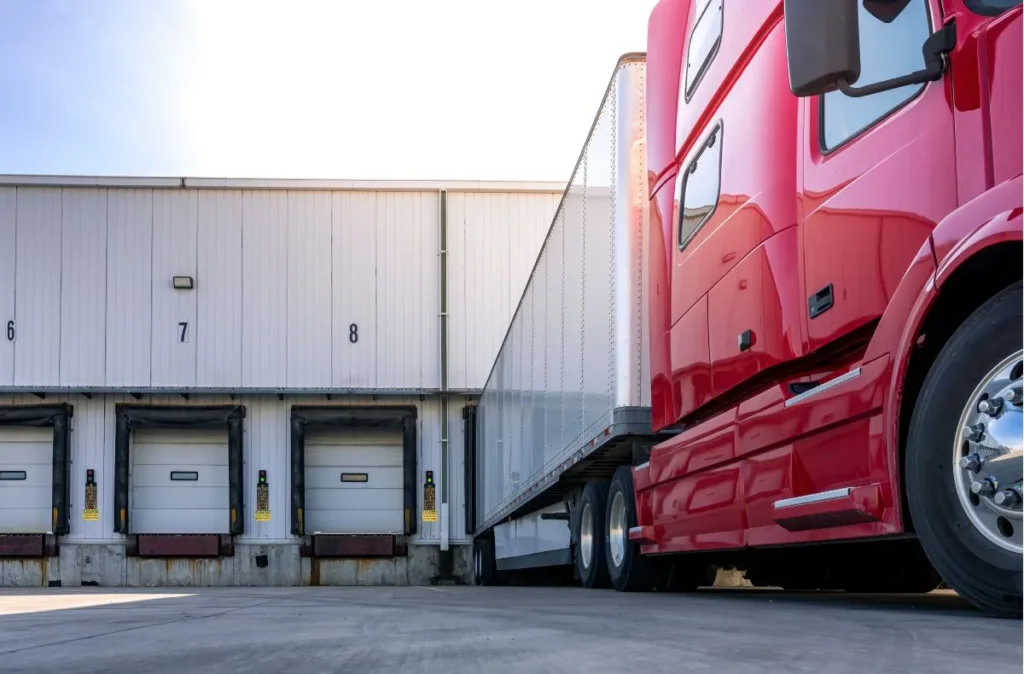Last week, work began on the first part of the project, which involves the demolishment and replacement of the Mollien railway bridge as well as the construction of barriers to minimise noise pollution.
In November, improvements to rail tracks shall be made, while the new 225-ton Mollien bridge (to be pre-constructed off site) will also be transported and installed during a continuous 90-hour operation.
The state-funded project aims to increase the number of freight trains moving to and from Calais from 3-4 today to 15 by 2040. The works are estimated to cost €53m, 81% of which will come from the central government, with the remainder coming from the local governing authority.
In total, 4.4km of rail track will be upgraded, while sound barriers covering a 900m stretch will be erected.
In its press release, SNCF stresses that one freight train can typically transport the same volume as 40 semi trailers. Therefore, if an additional 11 freight trains can move in both directions per day, the reduction in both HGV traffic and CO2 emissions should be significant.
Photo: Cjp24, CC BY-SA 4.0, via Wikimedia Commons









